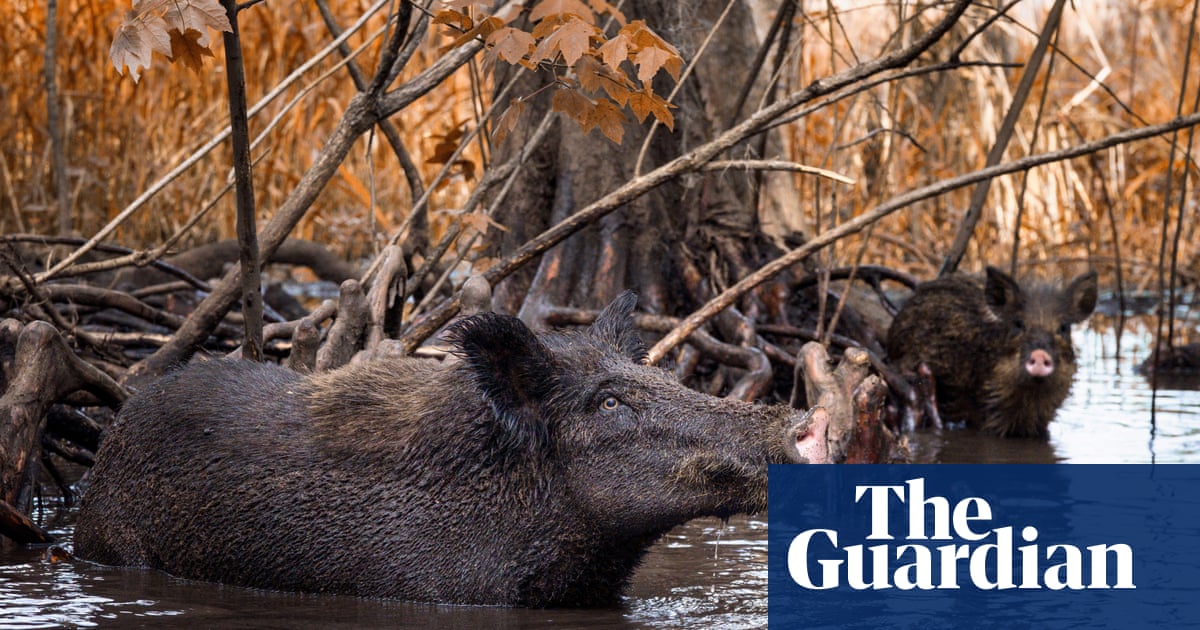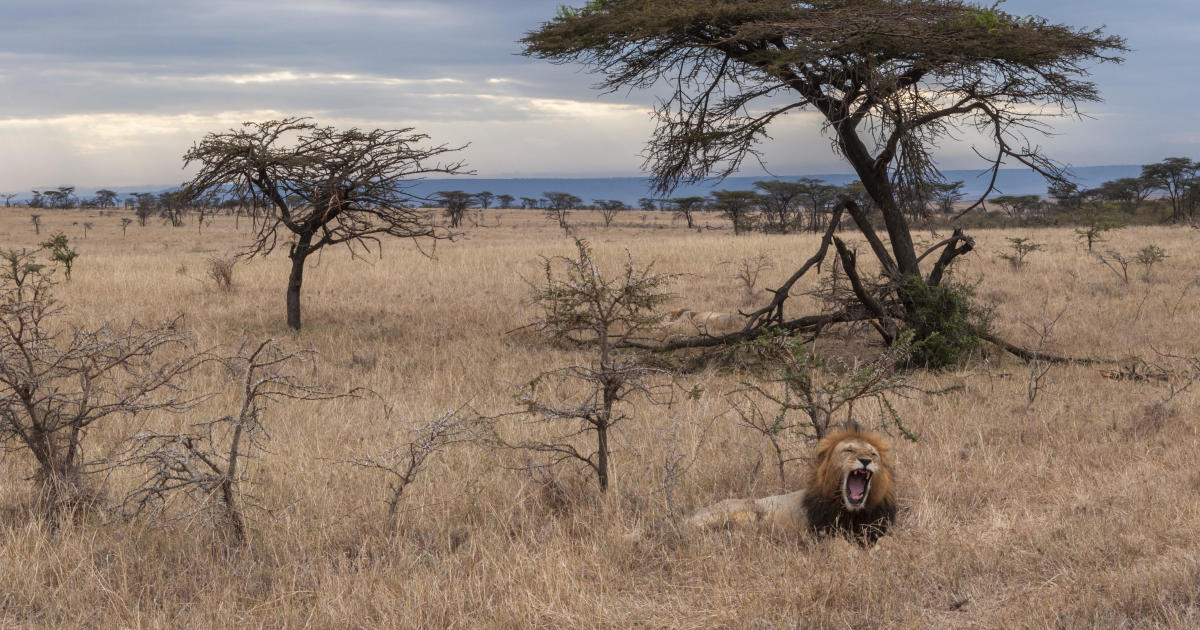I haven't argued that some non-native species don't turn out to be detrimental. I'm arguing four things:
1. Most non-native plant and animal introductions into North America have been beneficial or neutral.
2. Many of the non-native introductions that turn out to be detrimental ("invasive") were introduced by well-intentioned governments, scientists or other "experts" who, a priori, thought the introductions would be beneficial.
For example,
kudzu: "From the 1930s through the 1950s, the Soil Conservation Service promoted it as a great tool for soil erosion control and was planted in abundance throughout the south. Little did we know that kudzu is quite a killer, overtaking and growing over anything in its path."
Another example is
Asian carp, which "were imported to the United States in the 1970s as a method to control nuisance algal blooms in wastewater treatment plants and aquaculture ponds as well as for human food. Within ten years, the carp escaped confinement and spread to the waters of the Mississippi River basin and other large rivers like the Missouri and Illinois."
3. Many if not most of man's fiddling with natural systems, or attempts to control them via introductions or exterminations, are inherently unpredictable because there are too many unforeseeable links in the chains of these systems or because the natural systems are intrinsically chaotic.
4. As to the management of fish by moving species around into different regions of the same state or country, which was the narrow topic for which I started this thread, I think it's pretty obvious that the reasons for doing so are mostly anthropocentric--i.e., done because people want to catch, eat or make money more off of certain fishes than others. This is evident from government spending under the Endangered Species Act: "Of the roughly $1.2 billion a year spent on endangered and threatened species, about half goes toward recovery of just two types of fish: salmon and steelhead trout along the West Coast."
Salmon and steelhead trout along the West Coast are the big winners of the Endangered Species Act.

fortune.com

 www.theguardian.com
www.theguardian.com




